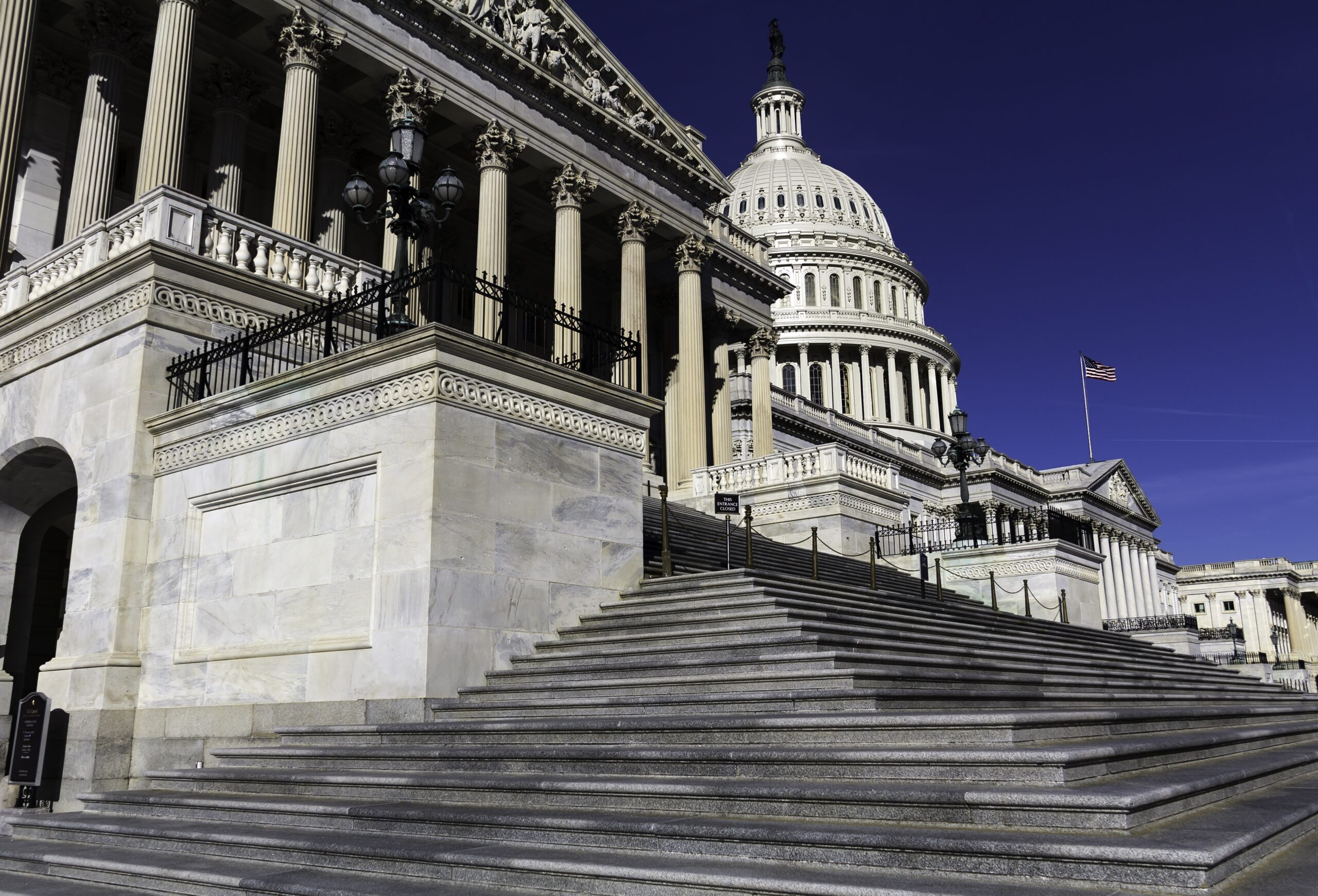School meals are an important tool for combatting childhood food insecurity, yet far too many children missed out on the nutrition they need for their health and learning with the expiration of the pandemic-era nationwide waivers that allowed schools to offer school meals to all students at no charge, according to FRAC’s latest report, The Reach of School Breakfast and Lunch During the 2022–2023 School Year.
The report measures the reach of breakfast and lunch in the 2022–2023 school year from September through May — nationally and in each state — based on a variety of metrics and examines the impact of select trends and policies on program participation. The report compares total breakfast and lunch participation in 2022–2023 to 2021–2022.

School Nutrition Programs Return to Normal Operations
For the first time since the start of the COVID-19 pandemic, school breakfast and lunch returned to normal operations for the 2022–2023 school year. While the healthy breakfasts and lunches served at school remained an important support for millions of families in every state, the expiration of key nationwide waivers also meant that many of the same challenges that faced both families and school nutrition departments prior to the pandemic began to reemerge.
Many districts had to return to a tiered eligibility system in the 2022–2023 school year that required them to collect, process, and verify school meal applications, and millions of children lost access to the free school meals that were available beginning in the spring of 2020 through the 2021–2022 school year. Although it will take years to fully understand the full impact of the pandemic on children and their families, the end of the pandemic-era waivers that allowed schools to offer meals to all children at no charge had an immediate impact on school meal participation during the 2022–2023 school year.
Key Findings

- Just over 14.3 million children participated in school breakfast in the 2022–2023 school year on an average school day, with 11.3 million receiving a free or reduced-price breakfast.
- Total school breakfast participation decreased by nearly 1.2 million children (7.7 percent) compared to the 2021–2022 school year.
- Just over 28.1 million children participated in school lunch in the 2022–2023 school year on an average school day, with nearly 19.7 million receiving a free or reduced-price lunch.
- Total school lunch participation decreased by nearly 1.8 million children (6 percent) compared to the 2021–2022 school year.
- The gap between school breakfast and lunch participation grew in the 2022–2023 school year compared to the previous year.
- Only 50.9 children received a school breakfast for every 100 children who received a school lunch, a decrease from 51.9 per 100 in the 2021–2022 school year.
- The states that had increases in school meal participation in the 2022–2023 school year continued to offer meals to all students at no charge in all or a significant number of their schools.
Healthy School Meals for All Boosts National Lunch Participation
The data is clear: Healthy School Meals for All policies offer an important strategy to ensure access to school meals. In addition to continued progress toward Healthy School Meals for All through state legislation, the Community Eligibility Provision offers high-need schools a path to Healthy School Meals for All. Maximizing participation in CEP remains an important tool for ensuring access to school meals for all students and mitigating the aftereffects of the pandemic.
School breakfast and lunch can — and should — be reaching more students. The advancement of Healthy School Meals for All through both state legislation and community eligibility, combined with proven best practices for increasing participation — such as implementing innovative breakfast models, ensuring enough time to eat, and serving high-quality, appealing meals — is the path forward to ensure all children have access to the nutritious school meals they need to learn and thrive.

Looking Ahead: Opportunities to Bolster School Meal Participation

It will take bold and targeted action on the local, state, and federal levels to ensure access to school meals. Additional investments on the federal and state level in making Healthy School Meals for All a reality is the most effective way to increase participation in both programs. On the local level, schools and advocates must recommit to the implementation of proven best practices that boost participation, such as breakfast after the bell, to eliminate the access barriers that keep breakfast participation trailing lunch.
Implementing a breakfast after the bell service model has been shown to increase participation and can help reduce any stigma associated with eating breakfast at school. As school meals operations return to normal, expanding access through innovative breakfast service models can help to offset drops in participation.
There are three primary options for serving breakfast after the bell:
- Breakfast in the classroom: Meals are delivered to and eaten in the classroom at the start of the school day.
- “Grab and go”: Children (particularly older students) can quickly grab their breakfast from carts or kiosks in the hallway or the cafeteria line to eat in their classroom or in common areas.
- Second chance breakfast: Students are offered a second chance to eat breakfast after the school day starts. Many middle and high school students are not hungry first thing in the morning but are ready to eat breakfast after their first class of the day, helping them to focus on their classes until lunch time.

The return to normal school meal operations, and its impact on participation, highlights the need for policymakers, advocates, and schools to bolster efforts and recommit to ensuring that school breakfast and school lunch are accessible to every child every school day.

The Reach of School Breakfast and Lunch During the 2022–2023 School Year
Read the Report
Learn More About the Push for Healthy School Meals for All On www.FreeSchoolMealsforAll.org
Learn More
Communications Toolkit
Explore the Toolkit

